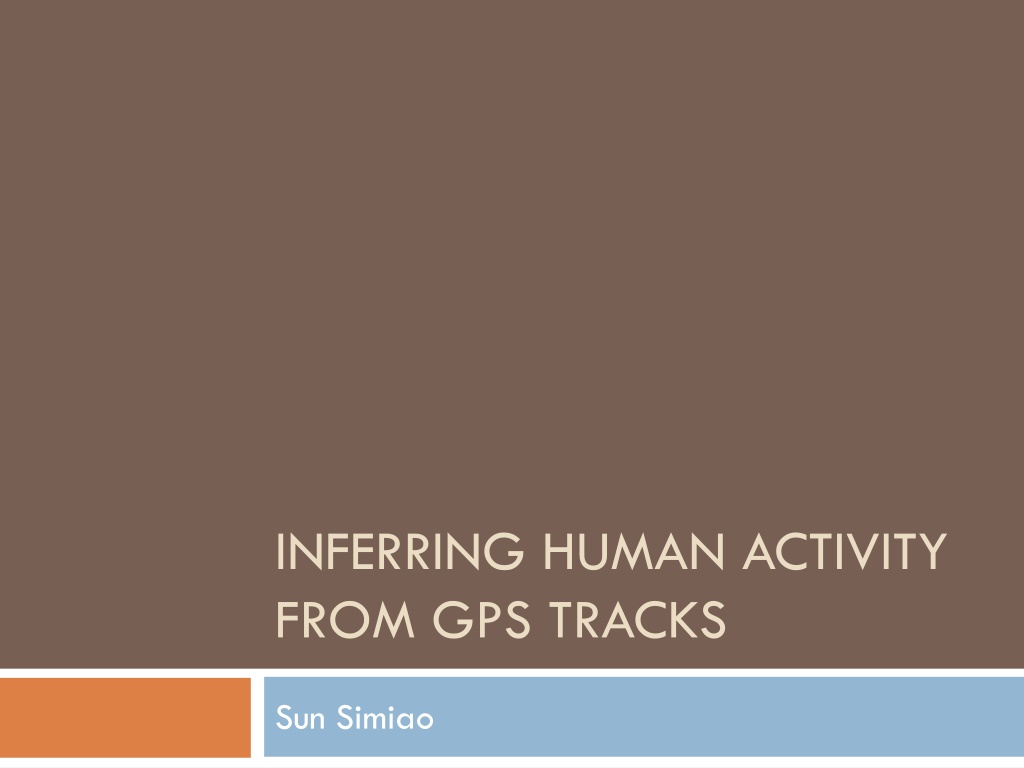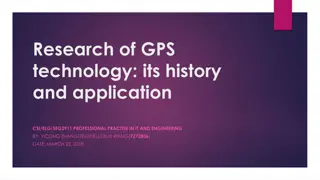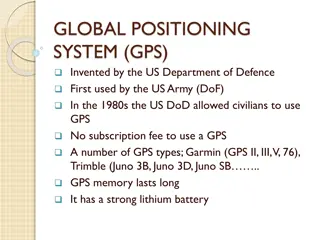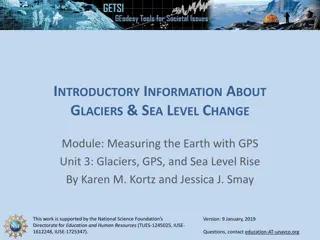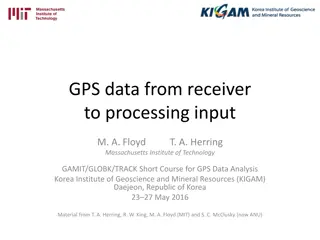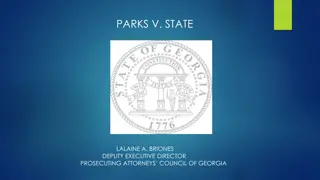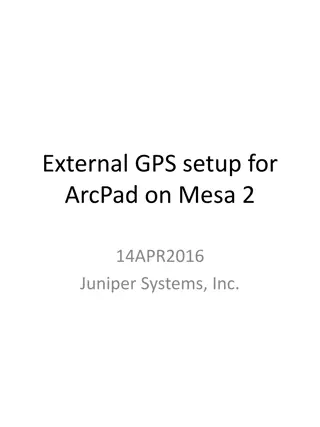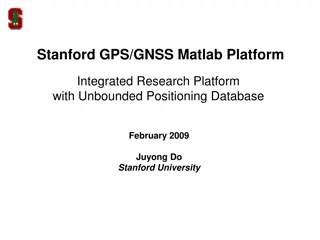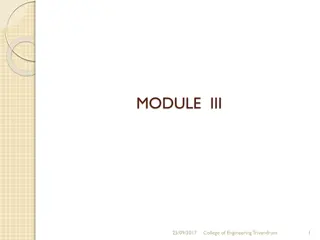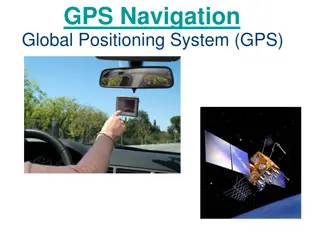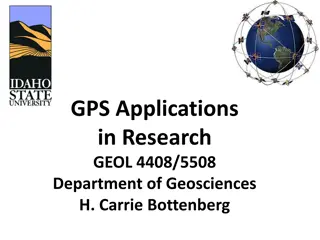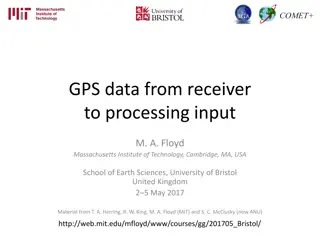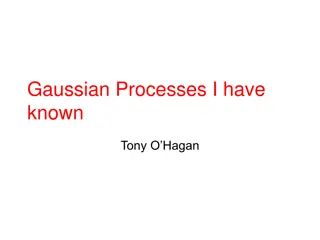Understanding Human Activity from GPS Tracks
Utilizing GPS data to infer human activities presents challenges in bridging the semantic gap between raw data and meaningful activities. This study proposes an algorithm that automatically annotates raw trajectories with user activities, focusing on stops, points of interest, and a gravity model. The motivation behind studying human activity includes applications in traffic management, public transportation, location-based services, security, and police. Previous works have explored approaches like Spatial Temporal POI Attractiveness (STPA), while this study emphasizes annotating stops with activities and using a gravity model for POI categorization.
Download Presentation

Please find below an Image/Link to download the presentation.
The content on the website is provided AS IS for your information and personal use only. It may not be sold, licensed, or shared on other websites without obtaining consent from the author. Download presentation by click this link. If you encounter any issues during the download, it is possible that the publisher has removed the file from their server.
E N D
Presentation Transcript
INFERRING HUMAN ACTIVITY FROM GPS TRACKS Sun Simiao
Study Human Activity from Raw GPS Data Current Condition: Lots of GPS devices provide us huge amount of GPS data GPS data does not improve semantic richness Problem: How to conquer the semantic gap between raw data and personal activity
Solution to the Problem Provide algorithm to automatically annotating raw trajectories with the activities performed by users Key points: Stops(Absence of movement) POI(Point of Interests) Gravity Model(Probability measure based on Gravity Law)
Motivation Study on human activity helps with several application areas: Traffic management Public transportation Location based service Security and police
Related Works Related work for analysis of raw trajectories
Related Works Trend 1: Concentrate on identification of the transportation means Two trends of analysis for GPS tracks. Trend 2: Focus on identification of human activity
Previous Works Mainly provide us with two different approaches: Use Spatial Temporal POI s Attractiveness (STPA) to identify activity-locations and durations Use stops in the trajectories to infer visited POIs and then infer the corresponding activities STPA: the attractiveness for a POI changes with time and space. (eg. Restaurants are more attractive at noon )
Compare Similar Previous Work with Our Approach Similar Previous Work Our Approach No relationship to link POIs with spatial and temporal aspects Consider spatial and temporal aspects(Opening hours, stop duration) Annotating each trajectories with a behavior Concentrate in annotating single stops with activities Directly compute uniform probability for POI Use Gravity model to select the most probable POI category
Methodology Based on Stops in trajectories, POI, Gravity Law
Input for the Process POI: {Coordinates(Lat, Lon); Category(C); Opening Hours(H)} Trajectories (T): {Coordinates(Lat, Lon); Timestamps(ts)} Users(U): {Max walking distance(Mwd)} Activities(A) Mapping( ) of the POI categories to activities Probability model: P(POIi, Stopj)=f(dis(POIi, Stopj))
Associate Stops with POI Stops can be detected by spatio- temporal clustering method Spatio- temporal clustering has been introduced in another paper as a reference. Select POI that satisfies these two requirements If POI is reachable dis(POI, Stop) < MaxWalkDistance If the opening time of POI intersects the stop time duration
Infer Activity from POIs Use Gravity Model(derived from Newton s Law of Gravitation) to determine the probability(P) of an activity(act) for a stop(s): GravLaw = mass1*mass2/ (distance2) (mass1 will always be 1, mass2 will be the number of POIs related to the same activity) Choose the Max(P(s,act)) to infer the activity
Experiment Dataset Data gathered from one year of observation 28 volunteers moving by car in Flanders(Belgium) Around 30000 annotated trips Activities retrieved from the diaries POIs from Google Place and OpenStreetMap
Experiment Result Compare the stops annotated with the most probable activity by the algorithm, obtain global accuracy of 43% Detailed accuracy:
Experiment Explanation Results are related to the availability of the POIs around the stops Daily shopping activity only has 17 POIs for all the stops in the experiment Results depend on the Input data Need more constraint on POI Better mapping from POI categories to activities
Conclusion Innovative probability model Accuracy is not entirely satisfactory Remaining Issues: Lack of rich POI datasets Need to better define the mapping
